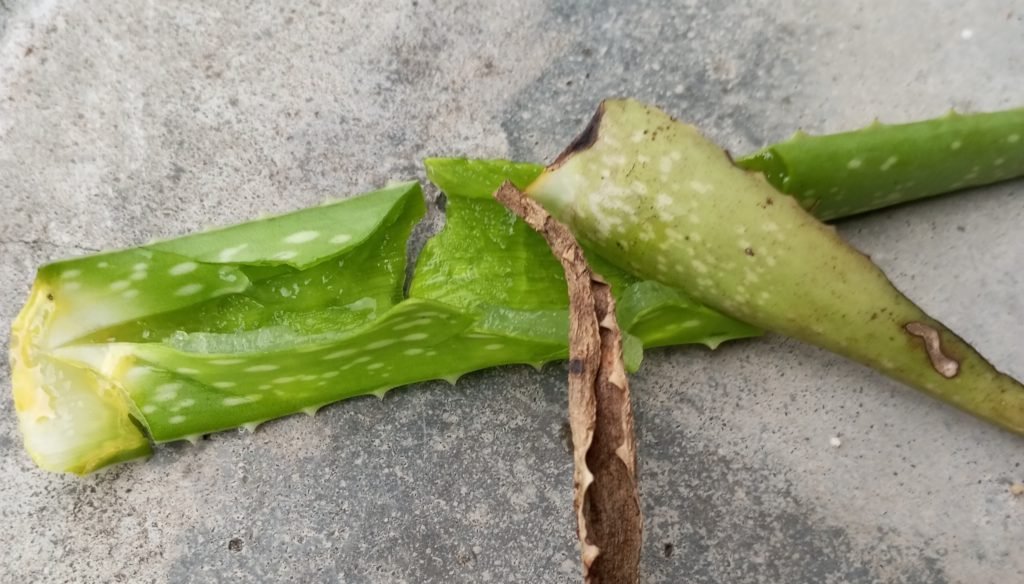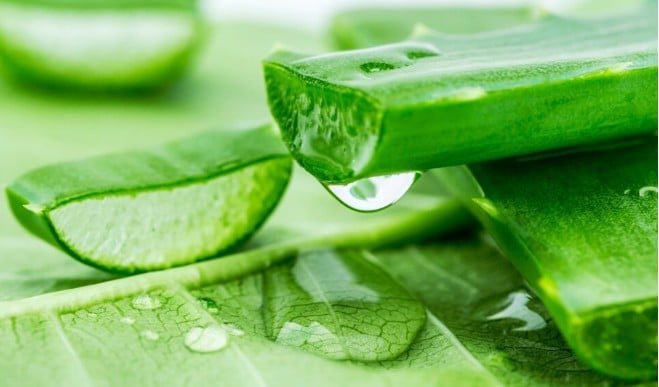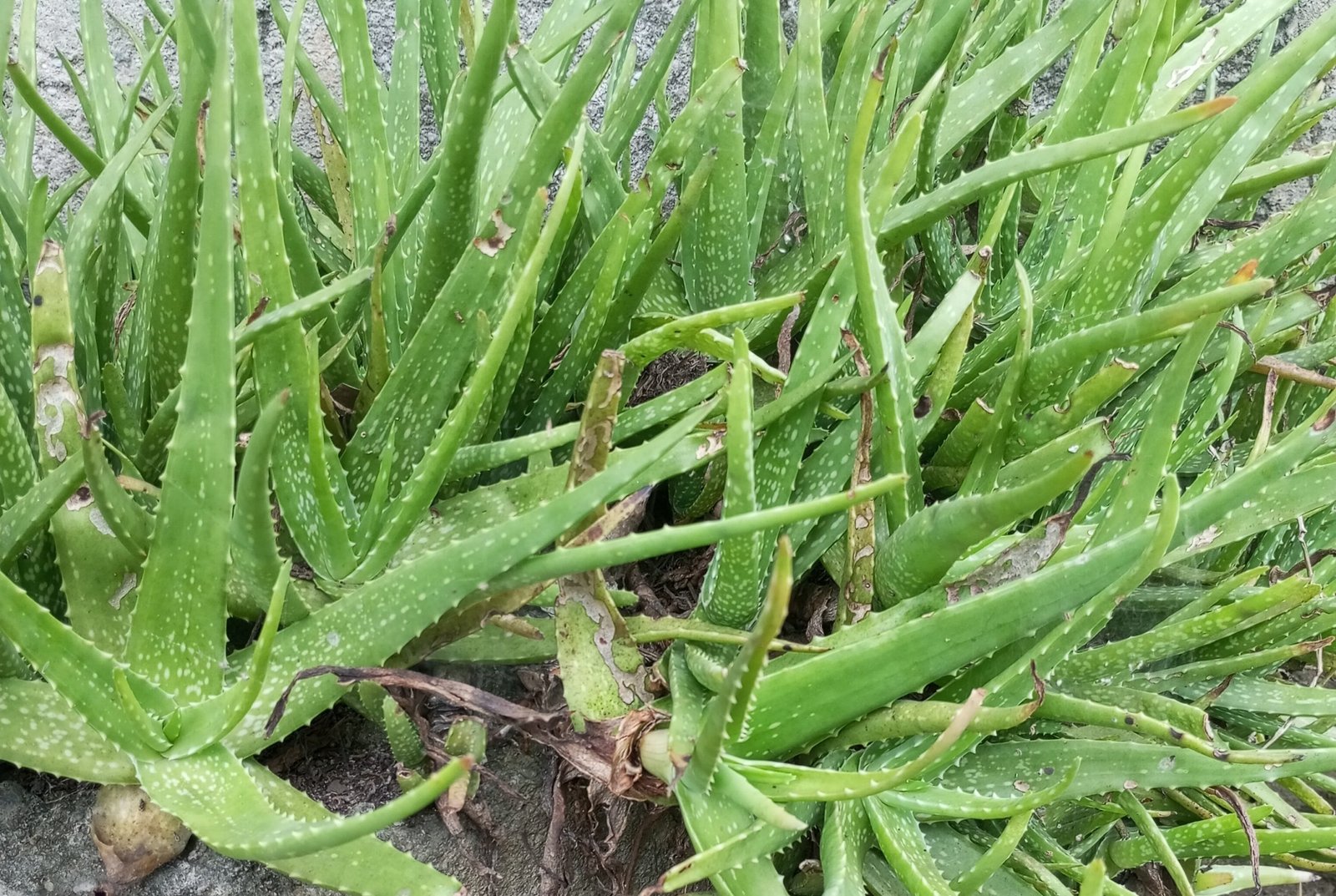Natural pest control: The hidden power of aloe vera peels
Aloe Vera is not just a common but valuable plant of inestimable medicinal proportion, the hidden power of aloe vera peels is yet unexplored.
Aloe barbadensis, commonly referred to as aloe vera, has long been celebrated for its ability to treat skin issues, promote digestive wellness, and heal wounds.
Experts have now discovered that the discarded peels of the aloe plant, often viewed as agricultural waste, may play a pivotal role in warding off insects, establishing themselves as a potent natural insecticide.
The researchers will present their breakthrough at the fall meeting of the American Chemical Society (ACS) this year.
Making aloe vera peels useful

“It’s likely that millions of tons of aloe peels are disposed of globally every year. We wanted to find a way to add value and make them useful,” said Dr. Debasish Bandyopadhyay, who led the study.
During a visit to a local aloe vera production facility, Dr. Bandyopadhyay made an intriguing observation: while insects wreaked havoc on other plants, they conspicuously avoided the aloe leaves.
This observation led to a potential theory, and Dr. Bandyopadhyay asked the facility’s CEO for permission to examine the discarded rinds in his lab. The CEO initially offered samples of the company’s products instead.
Natural pesticides
While a few enterprising home gardeners have employed aloe gel as a component of natural pesticides, often blending it with pungent ingredients like onions and garlic, the peels have been notably absent from these concoctions.
On an industrial scale, these peels are primarily transformed into biomass to enhance soil quality in aloe farms. However, this approach is not without its environmental implications, as decomposing agricultural waste emits methane and other greenhouse gases, exacerbating the climate crisis.
Focus of the study
Dr. Bandyopadhyay, recognizing the dual challenges of insecticidal demand and waste management, embarked on a mission. He set out to harness the potential of the peels as an insect deterrent, especially in regions grappling with insect infestations, and in the process, make aloe production more environmentally sustainable.
“The goal is to recycle this waste in a meaningful way while making aloe production greener and more sustainable,” said Dr. Bandyopadhyay.
His team from the University of Texas Rio Grande Valley initiated their research by drying the peels. To ensure that the plant’s bioactivity remained intact, they employed a natural drying method.
Powerful insecticidal properties

Subsequent extractions revealed the presence of octacosane in the hexane extract, an established mosquitocidal agent. However, the team’s further analysis of the dichloromethane (DCM) extract uncovered even more potent insecticidal properties.
Using sophisticated techniques like high-performance liquid chromatography-mass spectrometry, they identified over 20 compounds. Among them, six stood out: octacosanol, subenniatin B, dinoterb, arjungenin, nonadecanone, and quillaic acid – all recognized for their insecticidal attributes.
Future research
With the compounds now identified, the next step for the researchers is to put them to the test in real-world scenarios, pitting them against agricultural pests. There’s also exciting potential for these compounds to possess anti-mosquito and anti-tick properties, which might pave the way for consumer-friendly insect repellents.
“By creating an insecticide that avoids hazardous and poisonous synthetic chemicals, we can help the agricultural field,” said Dr. Bandyopadhyay. “But if the peels show good anti-mosquito or anti-tick activity, we can also help the general public.”
More about aloe vera
Aloe vera is a succulent plant species renowned for its medical, cosmetic, and therapeutic benefits. Native to the Arabian Peninsula, it has been cultivated worldwide, especially in tropical and subtropical regions.
Medical uses
The inner gel of the aloe vera leaf is used in various over-the-counter products to treat a variety of skin conditions. It’s known for its anti-inflammatory, antibacterial, and antiviral properties, which make it useful for treating burns, sunburns, and minor abrasions. Aloe vera gel can also help soothe and moisturize the skin.
Some studies suggest that aloe vera can aid in the treatment of more serious conditions, such as psoriasis and herpes simplex. Ingesting aloe vera has been explored as a remedy for digestive problems, including constipation and irritable bowel syndrome, although more research is needed in these areas.
Cosmetic uses
Aloe vera is a common ingredient in skincare products, shampoos, and conditioners. Its hydrating properties make it popular for treating dry skin and hair. The plant’s antioxidants, including vitamins C and E, can help protect the skin from the aging effects of the sun and environmental pollutants.
Nutritional supplements
Aloe vera’s inner gel can be processed into a juice that is sold as a dietary supplement. Proponents claim it supports immune function, digestion, and even blood sugar regulation, though scientific support for some of these claims is still under investigation.
Cultivation and care
Aloe vera is often grown as a houseplant and is relatively easy to care for. It prefers well-drained soil and can thrive in both full sun and partial shade. The plant is drought-resistant, requiring minimal watering.
Environmental impact
The recent discovery of using aloe vera peels as a potential natural insecticide underscores the plant’s potential environmental contributions. Turning what was once waste into a valuable resource reflects a growing trend in sustainable practices, further enhancing the reputation of this versatile plant.
Credit: Chrissy Sexton on Dr. Debasish Bandyopadhyay’ study and American Chemical Society


